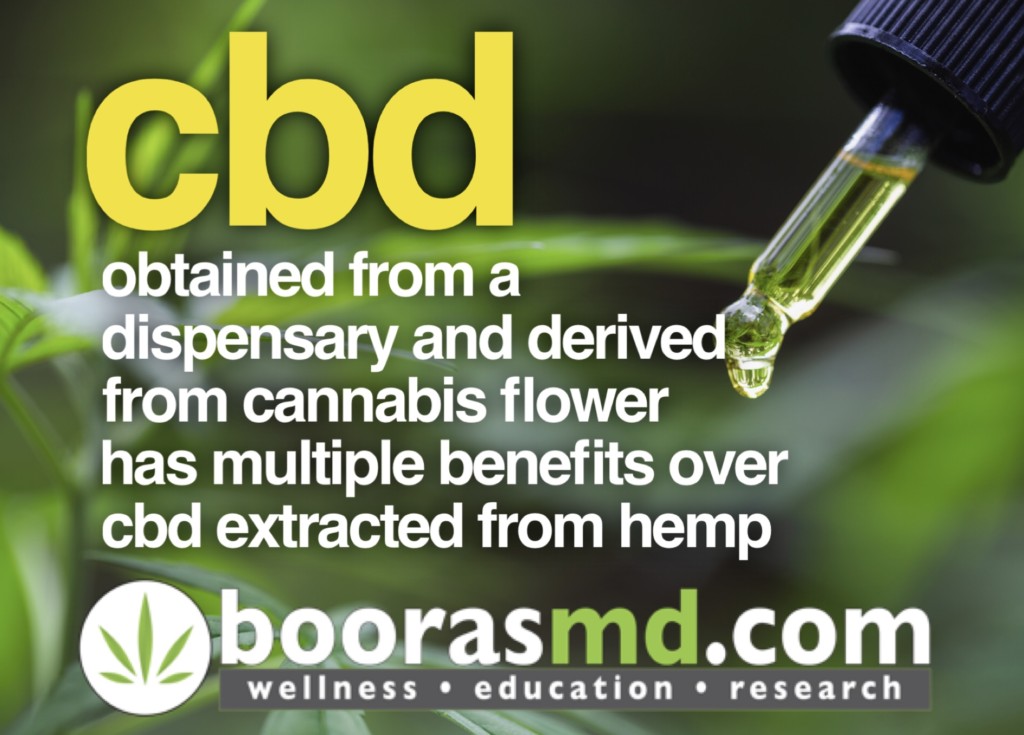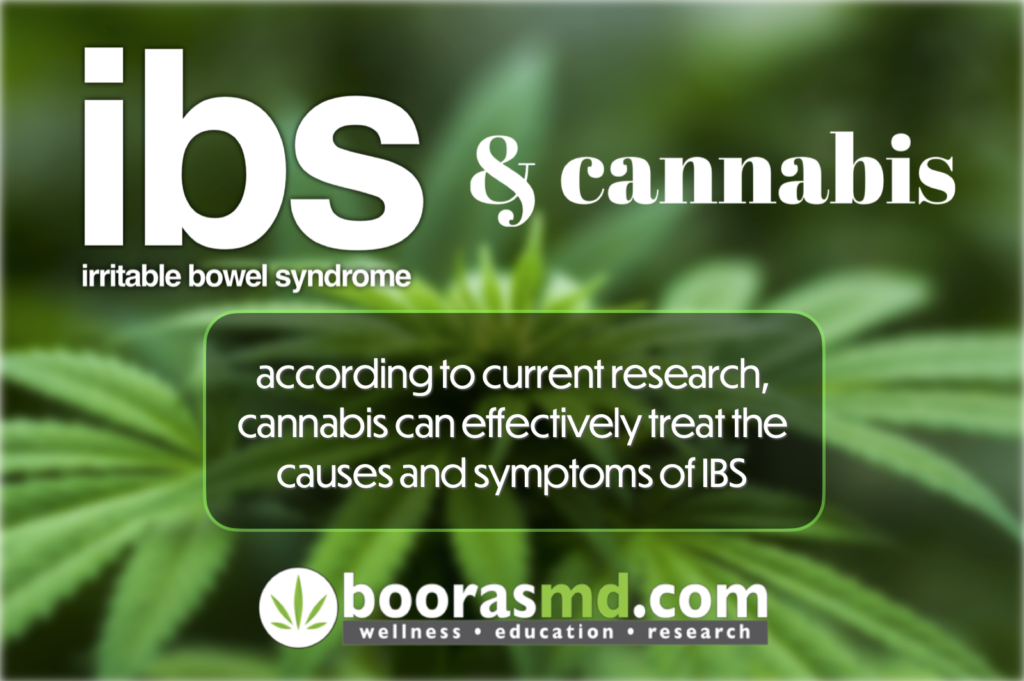Why is Marijuana illegal and why are THC and CBD designated as a Schedule 1 substance?
Charles Booras, MD
SHARE
Here is a brief historical perspective as to why we do not have a large body of research data regarding medical cannabis.
- Early 1900’s. For many years, “Cannabis” was a part of almost all tinctures and medicines available at the time.
- Early 1900’s, post Mexican Revolution. Mexican immigrants brought “Marihuana” with them as it was customary to use it as a medication and relaxant. Public fears about this group, as portrayed in the media, included their use of marihuana and the public did not know it was the same product as the cannabis they were already using for its medicinal benefits.
- The “Marijuana Tax Act of 1937” was a created as a strategy to watch and control certain ethnic populations. Making marijuana illegal provided a mechanism to search, detain and deport Mexican immigrants.
- 1970. The Marijuana Tax Act was ruled unconstitutional and replaced by the Controlled Substance Act. This Act established Schedules for ranking substances according to their danger and potential for addiction. Cannabis was listed as a Schedule I substance, designating that it had no medicinal properties and a high potential for addiction. This was initially recommended as a temporary measure pending review of The Shafer Commission report. FYI, other Schedule 1 drugs include Heroin, LSD, Peyote, Ecstacy and Quaaludes! Interestingly, Schedule II drugs include Cocaine, Fentanyl, Methamphetamine and OxyContin, all of which are FAR more addictive than cannabis.
- 1972. The National Commission On Marijuana and Drug Abuse (informally known as The Shafer Commission) was ordered by President Nixon to provide a final recommendation regarding cannabis. The Commission issued a report on its findings, published as a paperback “Marihuana, A Signal of Misunderstanding”. The Commission called for the decriminalization of marijuana possession in the United States and recommended that cannabis should not be considered a Schedule 1 substance. Unfortunately, President Nixon discounted the recommendations of his own commissioned group! To this day, cannabis remains a Schedule 1 substance despite multiple attempts by organized medicine to de-schedule cannabisD.
- 1996. California becomes the first State to allow medicinal use of cannabis. As of 2020, 38 states allow for Medical and/or Recreational use.
- 1999. The United States Government, under the Department Of Health and Human Services, applied for a patent on CBD. This was approved in 2003 as patent #6,630,507. The patent abstract says, “Cannabinoids have been found to have antioxidant properties, unrelated to NMDA receptor antagonism. This newfound property makes cannabinoids useful in the treatment and prophylaxis of wide variety of oxidation associated diseases, such as ischemic, age-related, inflammatory and autoimmune diseases. The cannabinoids are found to have particular application as neuroprotectants, for example in limiting neurological damage following ischemic insults, such as stroke and trauma, or in the treatment of neurodegenerative diseases, such as Alzheimer’s disease, Parkinson’s disease and HIV dementia. Nonpsychoactive cannabinoids, such as cannabidoil (CBD), are particularly advantageous to use because they avoid toxicity that is encountered with psychoactive cannabinoids at high doses useful in the method of the present invention”. However, recall that Cannabis derived CBD is classified in Schedule 1, which is defined as ”drugs with no currently accepted medical use and a high potential for abuse”. This, of course, differs substantially from the medical benefits of CBD as reported in the abstract above.
- 2018. The Hemp Farming Act of 2018 redefined “non-psychoactive hemp” as all parts of the cannabis sativa plant that contain no more than 0.3% THC. This redefinition removed hemp from the controlled substances list, permitting lower quality CBD to be sold over the counter without Federal regulation. Testing is not required for these over-the-counter CBD products. A previous analysis showed that 69% of CBD purchased OTC did NOT contain the amount of CBD found on the label of the product.
- June 2018. The FDA approved EPIDIOLEX, which is pure CBD for the treatment of 2 rare seizure disorders. This is labeled in Schedule V of the Controlled Substance Act, since the CBD was extracted from plants containing no more than 0.1% THC.
https://www.drugpolicy.org/blog/how-did-marijuana-become-illegal-first-place
https://en.wikipedia.org/wiki/Shafer_Commission
https://boorasmd.com/education/articles/industrial-hemp-cbd-vs-medical-grade-cannabis-cbd/




